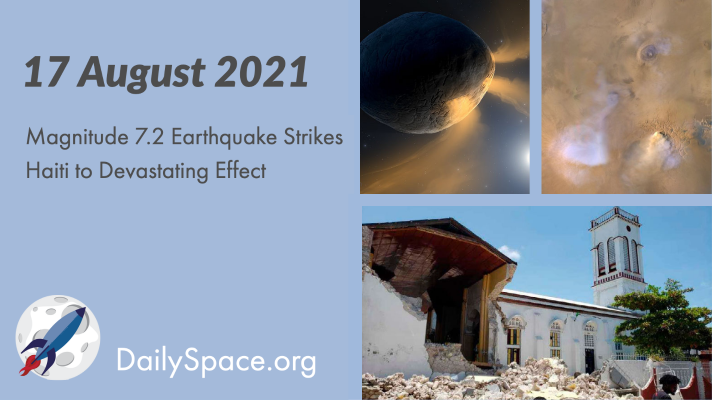
Aug 18, 2021 | Asteroids, Daily Space, Earth, Mars, Saturn, Star Forming Region
A magnitude 7.2 earthquake shook the island nation of Haiti, destroying thousands of homes and resulting in the loss of over 1,400 people. Additionally, Tropical Depression Grace arrived and hampered rescue efforts. Plus, the asteroid Phaethon is outgassing sodium, studying Mars’ moons in the search for life, and how dust storms helped dry out Mars.
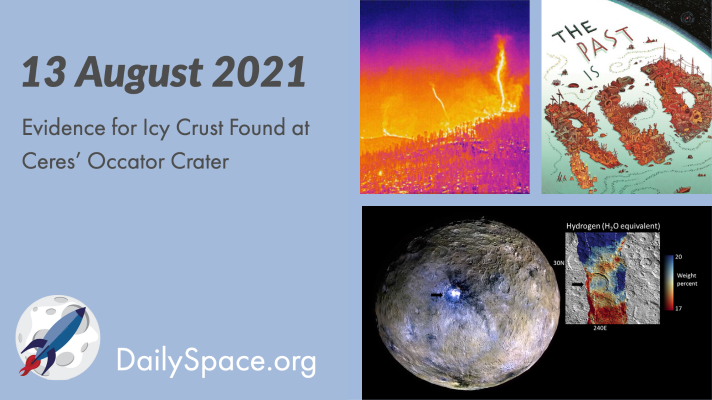
Aug 17, 2021 | Asteroids, Climate Change, Earth, ESA, Mars, Perseverance, Review, Venus
Using a neutron spectrometer on board the Dawn spacecraft, scientists have found elevated concentrations of hydrogen in Ceres’ Occator Crater, which provides evidence of an icy crust. Plus, everything is on fire in the western United States, and we review “The Past is Red” by Catherynne M. Valente.
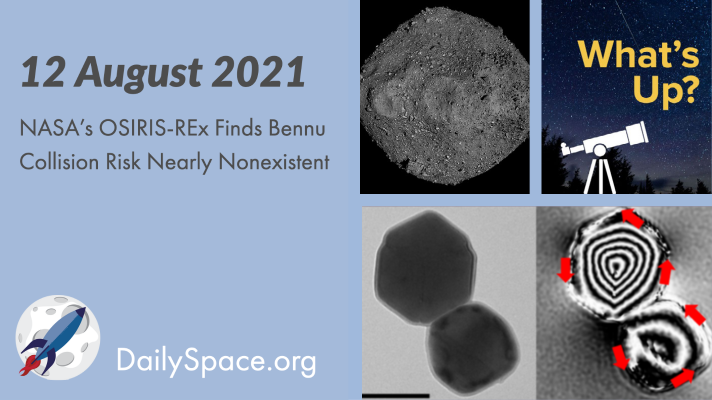
Aug 13, 2021 | Asteroids, Daily Space, Earth, ESA, Exoplanets, OSIRIS-REx, Our Solar System, Sky Watching, Spacecraft, Stars, Venus
After careful analysis of orbital data, gravitational forces, and several other factors, NASA’s OSIRIS-REx team calculated the risk of a collision with near-Earth asteroid Bennu to be 0.057% through 2300. Plus, magnetites in meteorites reveal solar system history, and the constellation Ophiuchus is What’s Up.
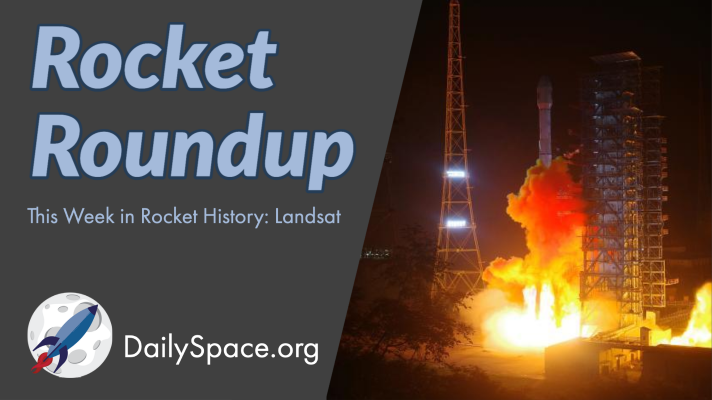
Aug 12, 2021 | Climate Change, Daily Space, Earth, Random Space Fact, Rockets, Space China, Space History, Spacecraft
On this week’s Rocket Roundup, China launches two different rockets and an ISS resupply brings new technology and also student involvement. Plus, this week in rocket history, we look back at the impact of the Landsat program on monitoring Earth’s climate.
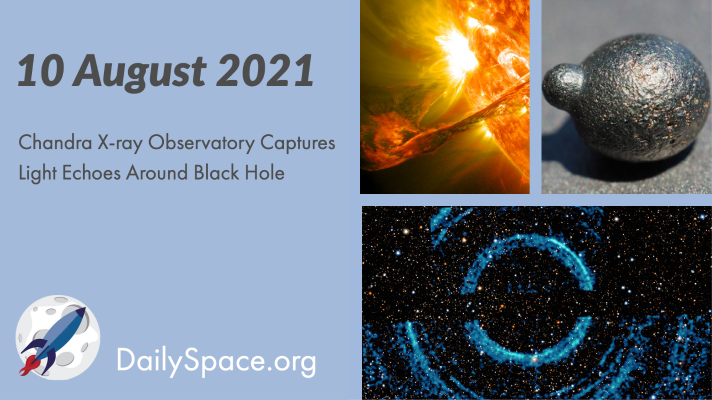
Aug 11, 2021 | Asteroids, Black Holes (Stellar), Daily Space, Earth, Jupiter, Mars, Mars 2020, Perseverance, Stars, The Sun
Based on X-ray detections from the Neil Gehrels Swift Observatory, scientists used the Chandra X-ray Observatory and found rings called light echoes moving out from a black hole and its companion star, reflecting off the surrounding dust clouds. Plus, solving the puzzle of the Sun and using glassy nodules to find a meteorite impact.
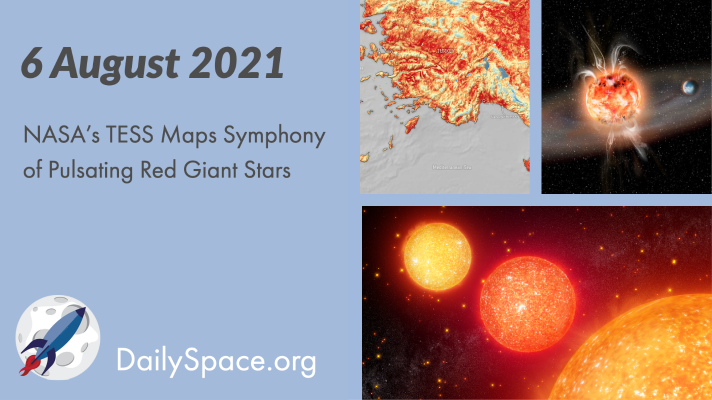
Aug 9, 2021 | Climate Change, Daily Space, Earth, Exoplanets, Neutron Stars / Pulsars, Planetary Nebulae, Stars, Supernovae
NASA’s TESS spacecraft, which is primarily used to search for exoplanets, has now observed a veritable symphony of pulsating red giant stars, each with its own internal vibrations. This work was presented at this week’s TESS Science Conference. Plus, some more climate change news (bad) and superflares may be less harmful to exoplanets than thought (good).








 We record most shows live, on Twitch. Follow us today to get alerts when we go live.
We record most shows live, on Twitch. Follow us today to get alerts when we go live.